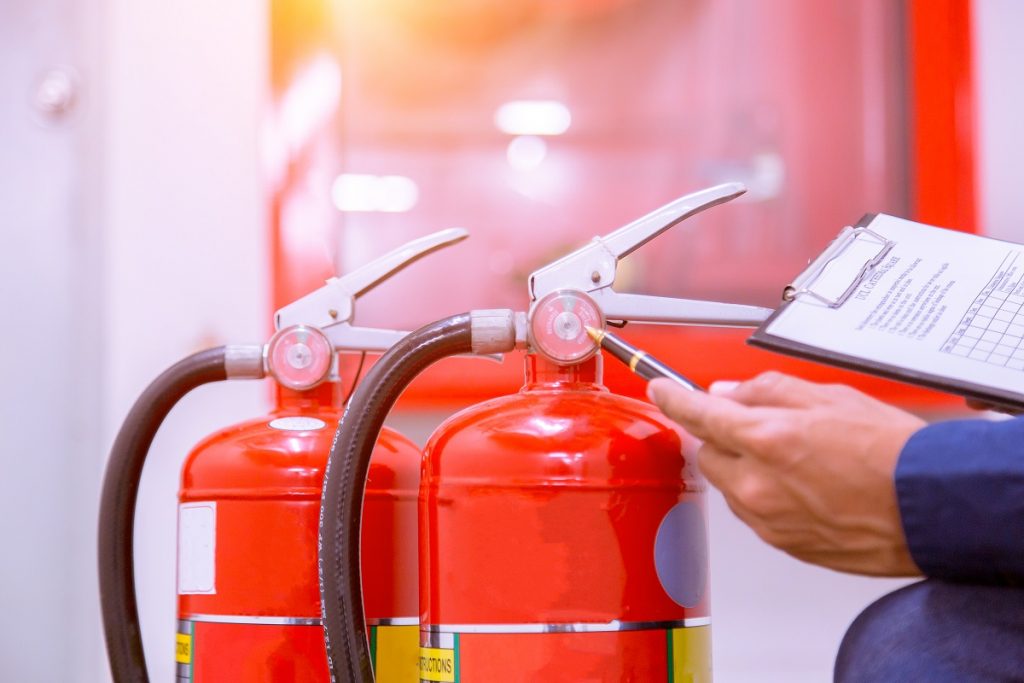Fires can start in so many unexpected ways and times that homeowners should take extra precautions in increasing the fire-resistant features of their houses. For sure, the last thing you want to see is your house getting cause up in a devastating bush fire. Not only can this cause expensive damages to your property, but it can also put you and your loved ones’ safety at risk.
Whether you live in an urban area or a bush fire zone, it is a recommended practice to take steps into making your home as fire-resistant as you can. Not sure where to begin? We’ve already listed the things that you should do.
1. Pick the right siding
The exterior of the house, particularly the siding, is a vital aspect to consider when fire-proofing. Generally, homes use metal, fibre cement, concrete blocks, stone, and brick for siding, as each of these can be efficiently designed in any style you want. However, if you are looking to increase the fire-resistant of your home, bricks are the perfect option. The thicker the brick wall, the better.
Another siding material to consider is stucco, which is also fire-resistant and sturdy. It typically contains several costs of metal reinforcing mesh. Siding options that you should avoid using are untreated wood shingles. If you’re looking to use vinyl, make sure there are no crevices or gaps where fire can make its way.
2. Check interior build
Another critical aspect to look into is the interior build of your home. The work can be more challenging if most of the home’s interior is made from fabric, wood, and other flammable materials. Luckily, there are several ways to improve your home’s fire resistance.
If your space is built with wood framing members, replace them with FastFrame installation of metal studs that are sturdy and have a higher fire-resistance rating. The less wood you have inside, the bigger chance your home will survive a fire. Apart from that, you’d want to use fire-rated drywall panels instead of standard ones. Most of these panels have added glass fibres and are generally thicker.
3. Landscape smartly

A strategically landscaped outdoors plays a vital role in improving the fire-resistant of your home and the entire property. You can create a defensible space using fire-retardant plants, water features, decks, and driveways. Speaking of plants, there are tons out there that are both fire and drought-resistant and aesthetically pleasing. Some of these beauties are Sage, California Fuchsia, Red Monkey Flower, California Lilac, Yellow Ice Plant, and Ornamental Strawberry. Get rid of dead plants and maintain an adequately irrigated lawn for more safety measures.
If you plan to add a patio or deck to your home, avoid using materials that will quickly burn or ignite when exposed to flames, such as composite or wood decking. Instead, you can opt for porcelain tiles, concrete, or stone pavers, which as all fire-resistant yet still visually appealing. You’d also want to avoid storing mulch or firewood outside your home or under the deck.
4. Be aware of embers
One of the root causes of houses catching wildfire is spot fires and embers. This is precisely why you should ensure that embers won’t make their way into your interior and structure. Spot fires are usually trapped in attic and roof vents, eaves troughs, kitchen and bathroom vents, under garage doors, and roof shingles.
To prevent embers from finding their way in such places, you can fit your vents and ductwork with screen mesh grids. While smaller grid sizes are the best option, don’t forget to also consider the ventilation and air circulation of your systems. The only time you can consider using solid covers is when there’s an actual wildfire nearby.
5. Get fire-resistant systems
Last and probably the most obvious one is equipping your home with essential fire-resistant systems. For instance, it’s best to invest in heat or smoke sensors that can automatically notify authorities when there’s a fire. You can now find intruder alarm systems that have fire and smoke detection features. Another practical investment is interior fire suppression sprinklers. Take note, though, that retrofitting such systems in an existing house can be more costly. You can consider doing this when you have a major remodelling project on plan.
Making your entire property fire-resistant can cause significant investment upfront. The good news is, the amount you’ll spend on such work is just a tiny fraction of what you can lose if your home caught fire. Improve your house’s chance of survival by following these smart fire-resistant practices.











